Baden: Wines That Zig Where Others Zag
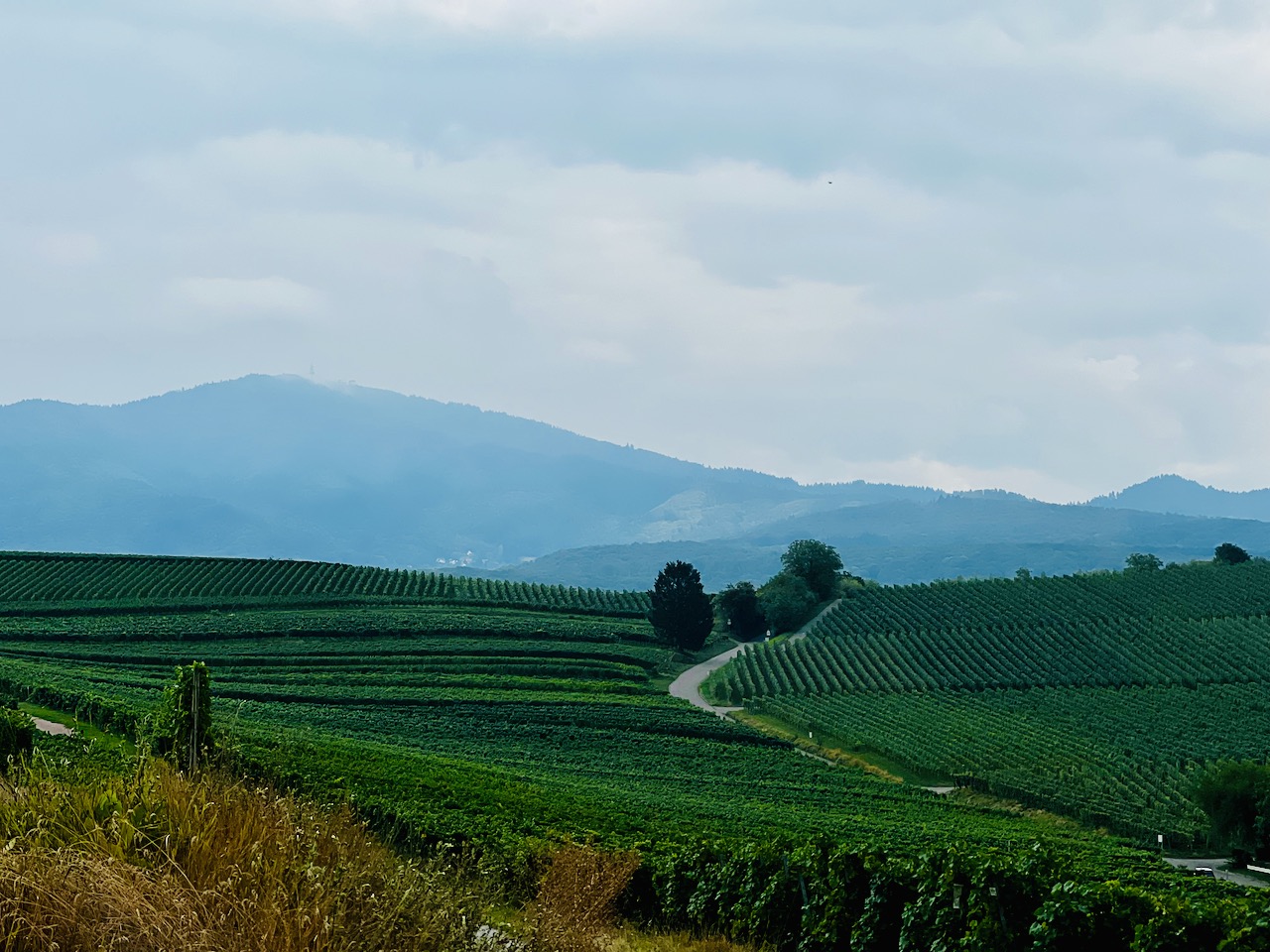
Baden is Germany’s third largest winegrowing region. From Cooperatives to Landwein, learn what makes this region and its wines so important.

Baden is Germany’s third largest winegrowing region. From Cooperatives to Landwein, learn what makes this region and its wines so important.
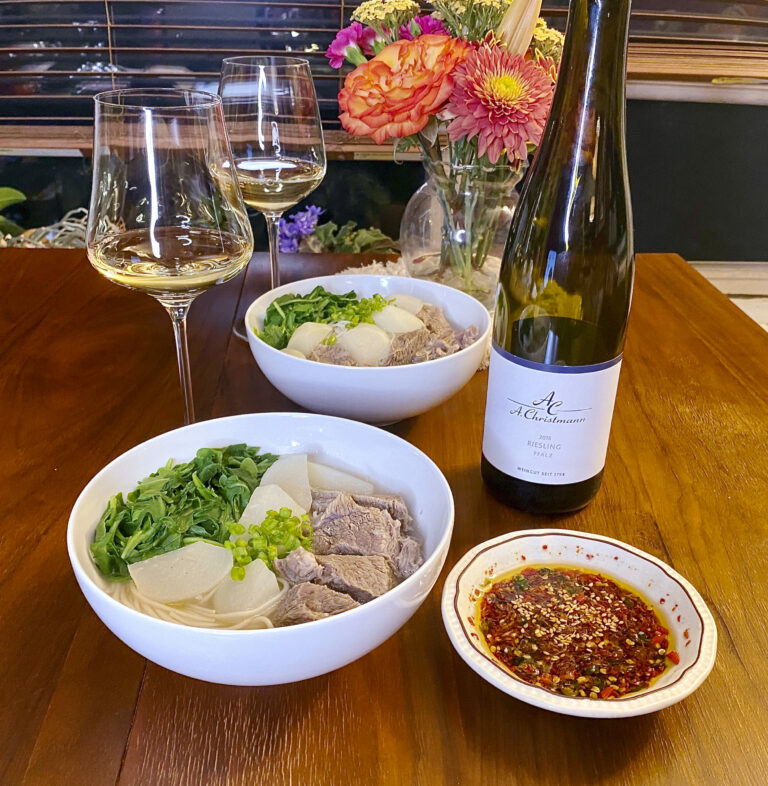
If you ask a person from Taiwan to choose the 10 dishes that best represent his or her cuisine, Taiwanese Beef Noodle Soup is inevitably on the list. More than a beloved national dish, the soup has become something of an obsession — like pizza to New Yorkers. Taiwanese Beef Noodle Soup was created by soldiers who retreated with the Nationalist government from mainland China to Taiwan in the 1950s. For political reasons, they were banned from returning to their hometowns. Missing both family and familiar cuisine, the soldiers used local ingredients to create a dish that evoked the flavors…...
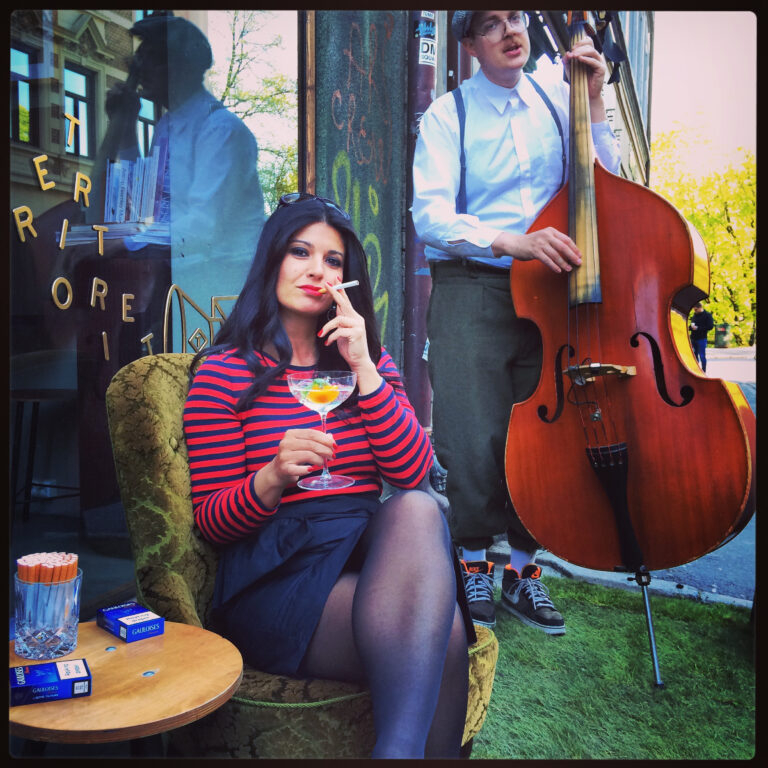
Liora Levi, high-profile sommelier, television personality, and president of ASI Norwegian Sommelier Association, came late to wine. In its own odd way, that only bolsters her bona fides as a daughter of the north. The countries to the north of the umlaut region can generally be viewed as latecomers to the joys of wine, and white wine in particular. But times change, and opinion makers like Levi have now helped the Nordics become prime drivers of the Riesling Revolution. It is a boom time for whites under the northern lights. As Levi explains in an interview with TRINK, the delayed…...
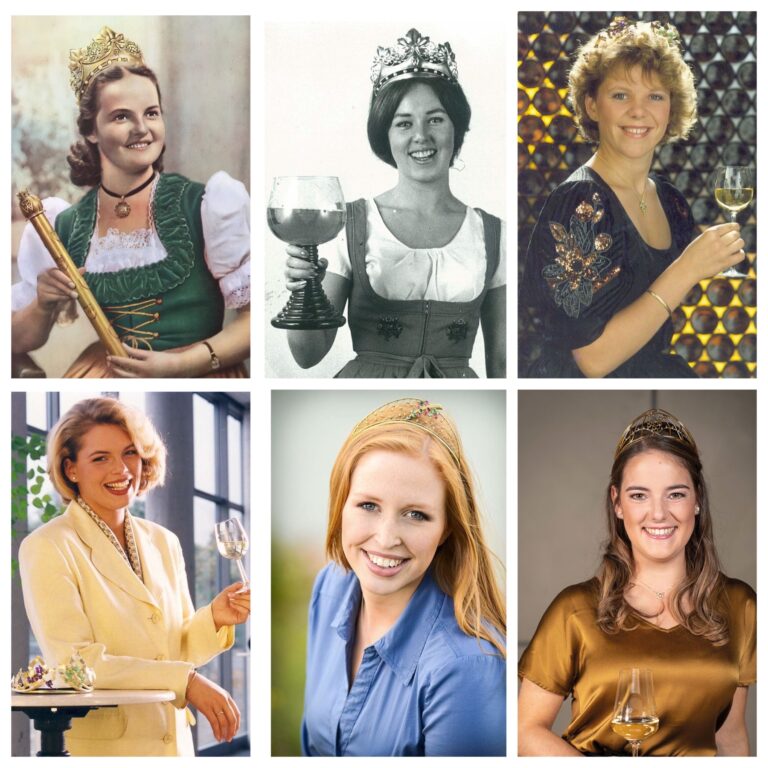
The story starts with a pedicure and a camping van. Each year when the German wine queen visits New York City, Paul Grieco treats her to a pedicure. (If the queen’s mother is also visiting, she gets one, too.) Grieco is a sommelier, vocal Riesling advocate, and owner/manager of Terroir wine bar in New York. He is also part jester, reveling in the micro-tradition of the pedicure while also pointing toward the intellectual esteem in which he holds every queen he’s ever met. Grieco honors the queens, he said, “because we [at Terroir] are fans of history and culture and [the queens] are an…...
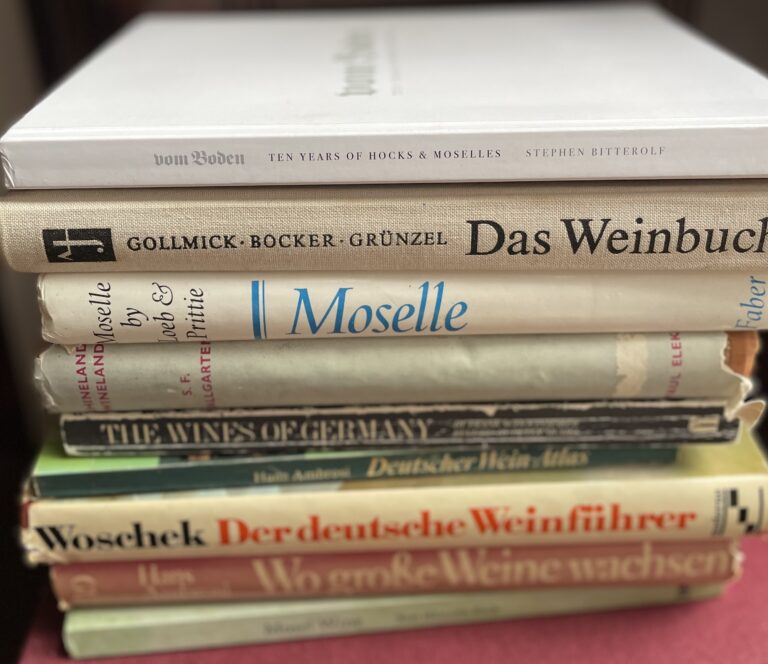
Stephen Bitterolf's new book "Vom Boden: Ten Years of Hocks & Moselles" in review.
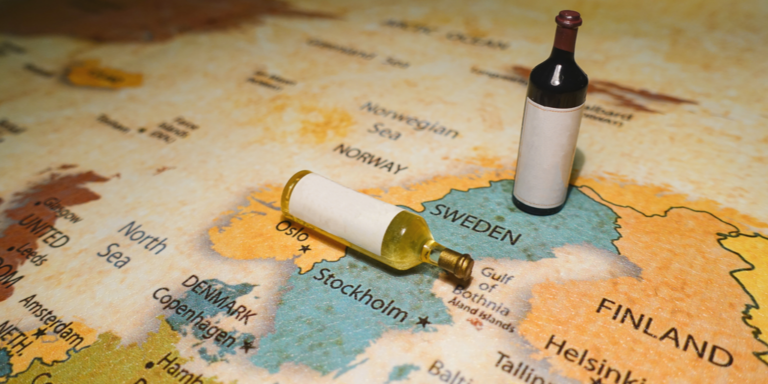
For decades, America was indeed the promised land: A vast nation of eager consumers with a low bar for entry. German winemakers were among the throng of sellers vying to win a sliver of Americans’ massive spending power. But times — along with politics and tariffs — have changed. Now, German winemakers are finding that their most loyal and free-spending audience may actually be up north. How Did We Get Here? The public’s perception of German wine is capricious; more so, arguably, than that of any other wine-producing nation. After rising to prominence over the 19th century, German wine suffered…...
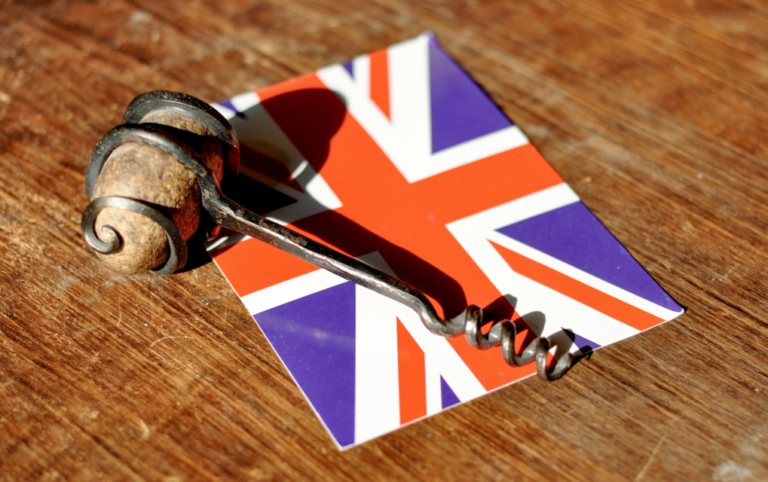
We British are not the world’s most noted linguists, but that doesn’t seem to put off some of us from drinking “German-speaking” wines. That said, the market for these wines has had a rough ride at times, which makes their current increasing popularity all the more intriguing. Germany has historically boasted a well-established presence in the U.K. wine market. In the 19th– and early 20th– centuries German wines were famously on par with Bordeaux, Burgundy, Champagne, and Port in terms of price. After the fall of Napoleon, the Rhineland and the Mosel both entered a period of prosperity, initiated by…...
Enjoy unlimited access to TRINK! | Subscribe Today